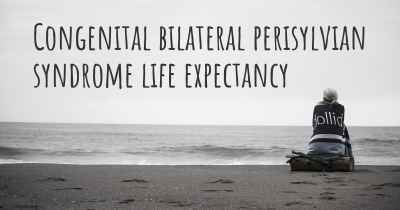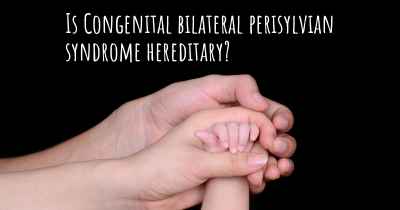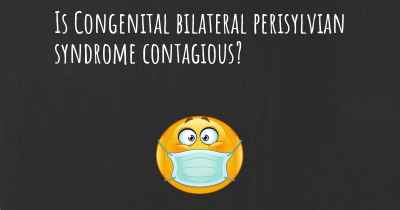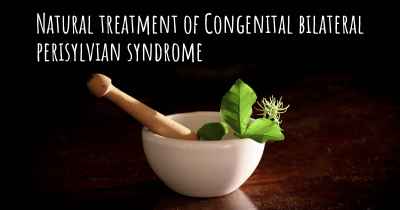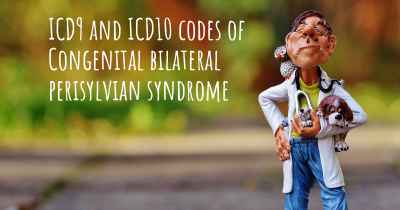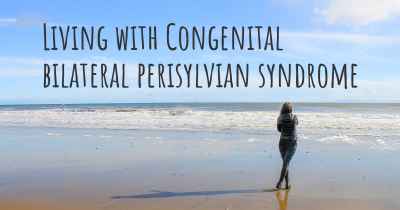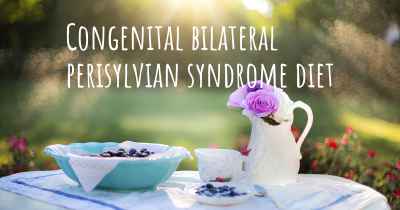What are the best treatments for Congenital bilateral perisylvian syndrome?
See the best treatments for Congenital bilateral perisylvian syndrome here
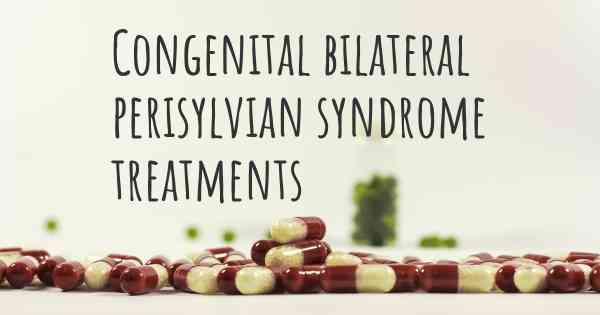
Treatments for Congenital Bilateral Perisylvian Syndrome
Congenital Bilateral Perisylvian Syndrome (CBPS) is a rare neurological disorder that affects the development of the brain, particularly the perisylvian region. This condition is characterized by a range of symptoms including difficulties with speech and language, seizures, motor impairments, and cognitive challenges. While there is no cure for CBPS, there are various treatments and interventions available to help manage the symptoms and improve the quality of life for individuals with this condition.
Speech and Language Therapy
Speech and language therapy is a crucial component of the treatment plan for individuals with CBPS. Since one of the primary symptoms of CBPS is speech and language difficulties, therapy sessions can help improve communication skills and enhance overall language development. Speech therapists work closely with individuals with CBPS to address specific challenges such as articulation, vocabulary development, grammar, and social communication. They may use various techniques and strategies tailored to the individual's needs, such as augmentative and alternative communication (AAC) devices, sign language, or visual supports.
Occupational Therapy
Occupational therapy focuses on improving fine motor skills, coordination, and daily living activities. Individuals with CBPS often experience difficulties with motor control and coordination, which can impact their ability to perform everyday tasks. Occupational therapists work with individuals to develop strategies and exercises to enhance motor skills, improve hand-eye coordination, and promote independence in activities such as dressing, feeding, and writing. They may also recommend assistive devices or adaptations to facilitate participation in daily activities.
Physical Therapy
Physical therapy plays a vital role in managing the motor impairments associated with CBPS. Physical therapists work with individuals to improve muscle strength, balance, and coordination. They design customized exercise programs to address specific motor challenges and help individuals achieve optimal physical functioning. Physical therapy can also help manage spasticity or muscle stiffness, which is commonly observed in individuals with CBPS. Additionally, therapists may provide recommendations for adaptive equipment or orthotics to support mobility and enhance overall physical well-being.
Seizure Management
Seizure management is an essential aspect of CBPS treatment. Many individuals with CBPS experience seizures, which can vary in frequency and severity. Antiepileptic medications are commonly prescribed to control and reduce seizure activity. The specific medication and dosage depend on the individual's seizure type and response to treatment. Regular monitoring and adjustments may be necessary to optimize seizure control while minimizing side effects. In some cases, additional interventions such as ketogenic diet or vagus nerve stimulation may be considered if seizures are difficult to manage with medication alone.
Education and Support
Education and support are crucial for individuals with CBPS and their families. It is important to provide comprehensive information about the condition, its impact on daily life, and available resources. Support groups and counseling services can offer emotional support, guidance, and a platform for sharing experiences with others facing similar challenges. Educational support may involve individualized education plans (IEPs) or specialized schooling options to accommodate the unique learning needs of individuals with CBPS.
Multidisciplinary Approach
Given the complex nature of CBPS, a multidisciplinary approach involving a team of healthcare professionals is often recommended. This team may include neurologists, speech therapists, occupational therapists, physical therapists, psychologists, and special educators. Collaborative efforts among these professionals ensure a comprehensive treatment plan that addresses the diverse needs of individuals with CBPS. Regular evaluations and follow-ups are essential to monitor progress, make necessary adjustments, and provide ongoing support.
In conclusion, while there is no cure for Congenital Bilateral Perisylvian Syndrome, various treatments and interventions can significantly improve the quality of life for individuals with this condition. Speech and language therapy, occupational therapy, and physical therapy play crucial roles in addressing communication difficulties, motor impairments, and daily living challenges. Seizure management is essential to control and reduce seizure activity. Education, support, and a multidisciplinary approach are vital components of the treatment plan. By combining these interventions, individuals with CBPS can maximize their potential and lead fulfilling lives.
Posted Aug 20, 2017 by Momof2miracles Jess Sundquist 4256
